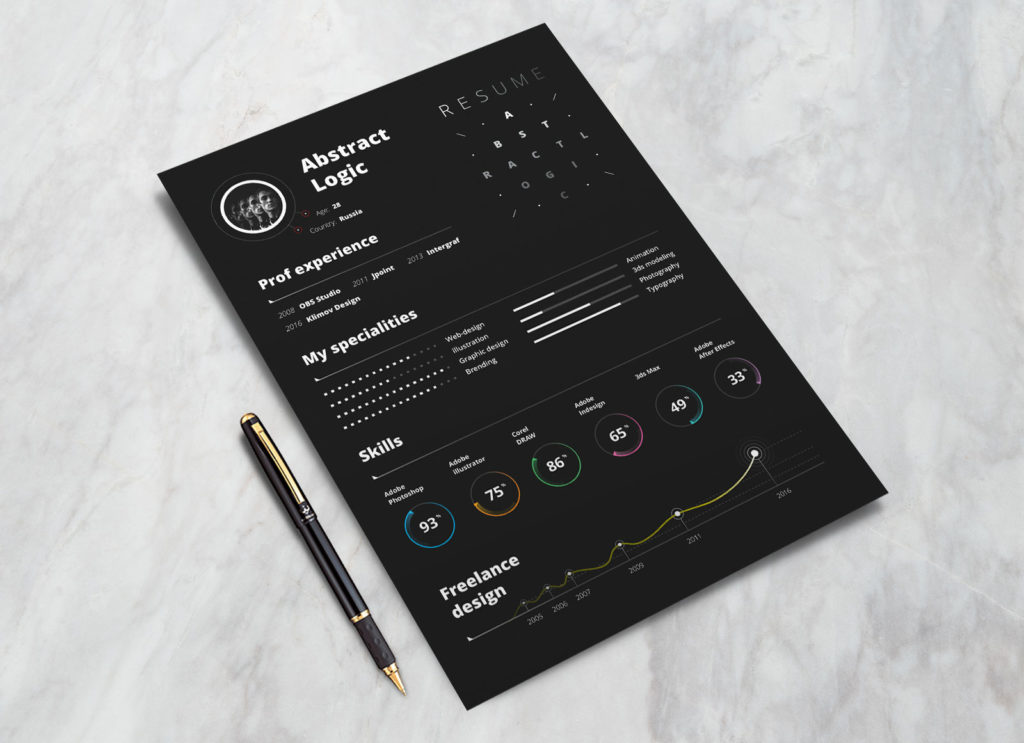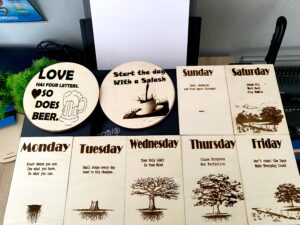Writing the perfect Curriculum Vitae pt.1


This will be a 2-part article that focuses on arguably, the most important thing that you need in this world today. Many of us, even you right now, might be struggling with it – a curriculum vitae or as we commonly know it, a CV.
This instrument, I dare say, is the key that you need to unlock every single door in your professional working career. Whenever you apply for a position, wherever it may be, a CV is a major requirement. Ironically, very few people know how to craft it correctly and use it properly. What is even more heartbreaking is that even with such a high unemployment rate in South Africa, which I believe will grow exponentially due to the unprecedented amount of job losses due to the Covid-19 virus, this is an essential skill that you will never find in any school curriculum.
To me, it begs the question of what is it that the schools actually prepare children for when they do not teach such skills coupled with financial literacy and basic realistic survival skills that we face on a daily basis outside the school environment. But, that’s a problem for another day.
The ingredients
In this series I am going to inform you of the different types of CV’s; the steps to writing a CV; what crucial information needs to be included in a CV; how to tailor each CV to suit the job that you are applying for (targeting); what each piece of information says about you in a CV and most importantly, what employers are looking for in a CV.
These are trade secrets that have propelled my professional work career in more ways that I could have ever imaged and I intend to share them with you so that you can move from where you are right now, to where you want to be. So with that said, let’s roll up our sleeves and get our hands dirt, literally.
Phase 1:
What employers really look for in a CV.

Your CV is your first impression to an employer. Treat it as the best possible representation you can portray of yourself. It needs to be neat and it needs to be structured and well organized. This tells the employer exactly that — you are neat meaning that you value your work. You are structured meaning that mentally you are at ease, calm and appear to be well-organized. You pay attention to detail and take pride in your work meaning that you are reliable. Long story short, you might be just what they are looking for.
The Psychological Manipulation
The perception manifests subconsciously and this information plays a vital role in their decision to shortlist you or not. It’s not about what they say, it’s what they don’t say. It’s not about what they are thinking, it’s about what they are not aware of that they are thinking. Master this psychological manipulation, and you are a step closer. This is the same as when you are meeting someone for the first time in person. The persons eyes perceive you first, and then the mind draws a conclusion or judgment about the type of person you are based on your appearance, posture, dress code and body language before you even opened your mouth. Your CV is no different.
Your personal details
Think of it as a “Hi, my name is…” This is important in order for the employer to know who they will be potentially working with.
This includes but not limited to:
- Your name & Surname
- Your birth date (I’d advise that you do not use your ID number)
- Gender
- Drivers License
- Physical Address
- Contact information
Here there is no need to mention more than necessary. You do not need to get into detail. Keep it short. Keep it simple.
Your Qualifications
When employers draft an advert, they went through what is called in lament terms a workforce assessment to check what it is that the organization requires in order for it to meet its vision and mission. The qualifications that they put on the advert is an indication of what they need in their organization at that point in time. Your qualifications need to align with that need. Show through your qualifications that you are the person that they are looking for.
Job History
Job history including areas of responsibilities. Experience enlightens the employer on whether they are employing someone who is already familiar with the job or task. The aim is to employ someone with the ability to “hit the ground running” and fill the void identified in the workforce assessment as quickly as possible. Business must continue. Show them why you are an asset.
It is rare that a company would employ someone that they first need to train or familiarize the job to. Firstly, that takes company time. Secondly, it takes money. Bear in mind that they already are at a need of somebody who can propel them to greater heights. They are already at a disadvantage (and I say this very loosely for emphasis). Be their solution.
Your Skill-Set
Your skill set. You need to make them aware of what you are capable of besides the qualifications that they are looking for. The more skills you have, the more value you have. This, in turn would mean less time and money that they would spend training you. Meaning that they can focus on other areas of development which you can show initiative and be a part of. This is crucial in displaying your skills. It is also important to tailor your skill-set to suit that particular job within that particular organization. Example, if you are applying for an office administration position at a Government institution such as the Department of Agriculture, you don’t necessarily need to add that you also have a plumbing certification. However, you can add that you have advanced computer skills in various Microsoft programs.
What more do you know?
Acts. Your knowledge of the different acts give the impression that you are ethical and informative of the various laws and expectations of everyday business practice. This, for employers is an interesting “by the way” sort of information. The same can be said about adding your extra mural activities which would pretty much link to your ability to fit into the organizational culture. This information is a representation of your character so tailor it accordingly. The only way to tailor it is to research the company that you submit your CV to.
Who have you served?
References. I can not stress enough the importance of reliable references on your CV. Most importantly, the positions held by those people whom you claim can verify all the information you gave. Imagine having the current president of the country as a reference or, the director/CEO of your previous employment, crazy right? Employers contact references, rest assured that they do. The key is to be aware that the ranking or position of a person determines the amount of respect that it commands and is often given. It would be in your best interest to have a potential employer contact someone who is in such a position. Most importantly, make sure that your references are reliable and trustworthy because they have the potential of ruining your chances if they don’t say all nice things about you or if you lied.
Types of CV’s

So because we killed almost four birds with one stone in phase 1, lets breakdown the types of CV Formats we get.
A Chronological CV
A chronological CV, or in other words, a standard traditional CV is the most common CV you can find. It typically includes your work history, personal information, qualifications and references, done. The benefit of the Standard CV format is that it allows you to highlight your work history and responsibilities in great detail. As a result, it does not give the employer much more than what they require. It is a simple read and employers sometimes prefer this format.
A Functional CV
A functional/skill-based cv focuses most importantly on your skills, abilities, personal information, qualifications and achievements instead of on your chronological work history. This CV might have sections that list your skills in different categories, or sections that highlight different types of experiences you have had. A functional CV is typically used by job seekers who are changing careers, who have gaps in their employment history, or who have limited work experience. The beauty of this format is that you get to show more of yourself to the employer and what you are capable of. To create the best CV possible, you need to find a balance between the two types of CV’s in conjunction to what the employer is looking for.
On the next article we will focus on how to format a CV, how to tailor a CV to target specific employers and how to make the perfect cocktail of both a functional and traditional CV. Until then, you may download the templates below to get your draft started. Drop some Questions on the comment section below, share your experiences, we look forward to hearing from you.





